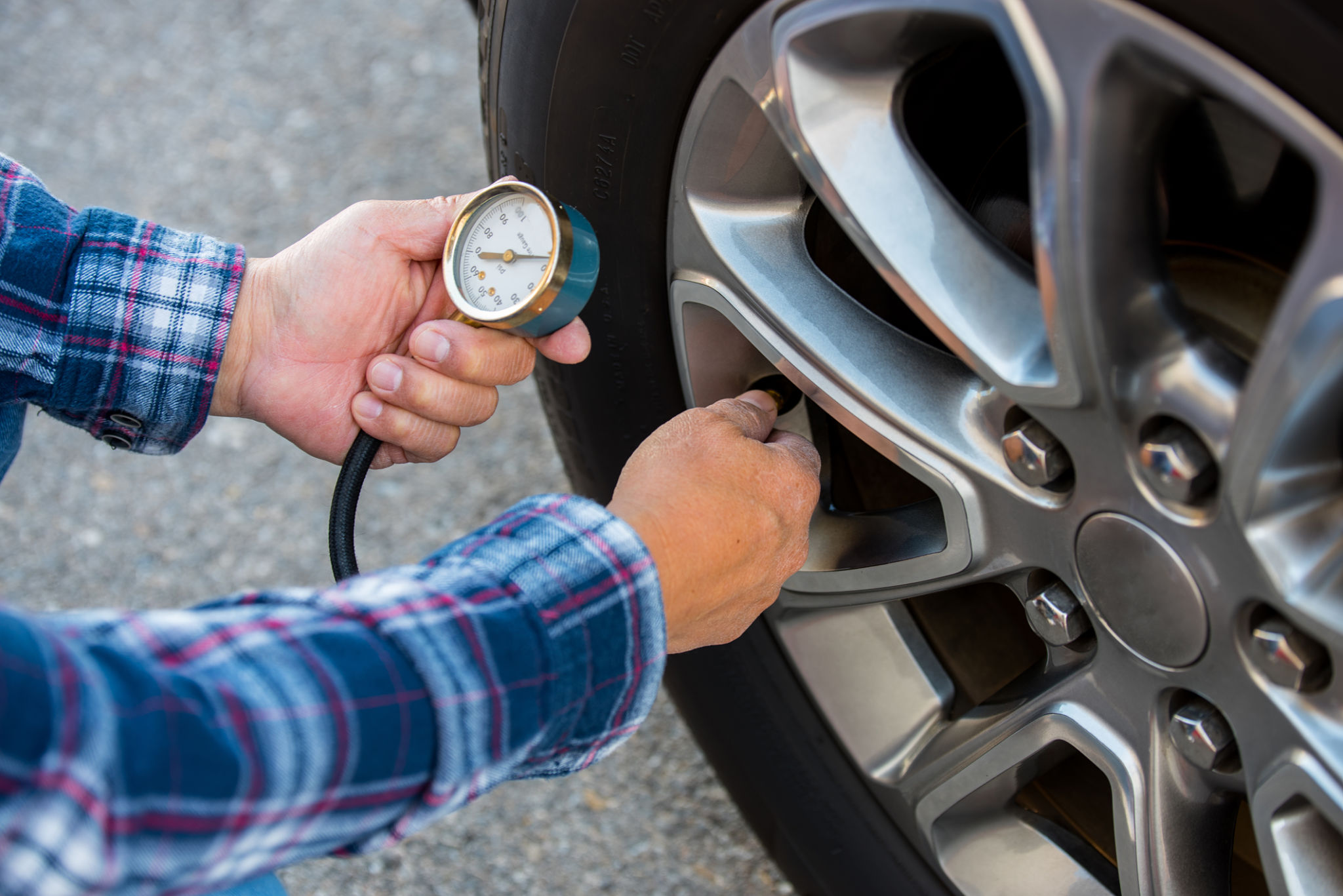DIY Tire Maintenance Tips for Long-lasting Performance
Understanding Tire Maintenance Basics
Proper tire maintenance is essential for ensuring your vehicle's performance and safety. Understanding the basics of tire care can save you money and extend the life of your tires. Not only does it enhance your car's fuel efficiency, but it also ensures a smoother and safer drive.
Tires are the only part of your vehicle that makes contact with the road, making their upkeep crucial. Regular maintenance helps in preventing premature wear and tear, reduces the risk of blowouts, and ensures optimal traction.

Check Tire Pressure Regularly
One of the simplest yet most effective ways to maintain your tires is by regularly checking their pressure. Under-inflated tires can lead to uneven wear and increased fuel consumption, while over-inflated tires can cause reduced traction and a harsher ride.
Use a reliable tire pressure gauge to measure the pressure at least once a month. Refer to your vehicle's manual for the recommended tire pressure and adjust accordingly. Remember that tire pressure can change with temperature fluctuations, so check more frequently during extreme weather conditions.
Rotate Your Tires
Rotating your tires is crucial for even wear and extending their lifespan. It involves changing the position of each tire on your vehicle, typically every 6,000 to 8,000 miles. This practice ensures that all tires wear evenly, promoting better handling and fuel efficiency.

The rotation pattern can vary depending on whether your vehicle is front-wheel, rear-wheel, or all-wheel drive. Consult your vehicle's manual or a professional mechanic to determine the best rotation pattern for your car.
Monitor Tread Depth
The tread on your tires plays a vital role in maintaining traction on the road. Worn-out treads can lead to decreased grip, especially on wet or slippery surfaces. To check tread depth, you can use a tread depth gauge or perform the simple penny test.
- Insert a penny into the tread groove with Lincoln's head facing down.
- If you can see the top of Lincoln's head, it's time to replace your tires.

Ensuring adequate tread depth not only enhances safety but also improves fuel efficiency and ride comfort.
Balance and Align Tires
Proper balancing and alignment are essential for smooth driving and prolonging the life of your tires. Unbalanced tires can cause vibrations, while misaligned tires can lead to uneven wear and reduced handling capabilities.
It's advisable to have your tires balanced and aligned by a professional mechanic whenever you rotate them or if you notice any unusual vibrations or pulling to one side while driving.
Inspect for Visible Damage
Regularly inspect your tires for any visible signs of damage such as cuts, punctures, or bulges. Damaged tires can compromise your vehicle's safety and should be addressed immediately.
- Look for any foreign objects embedded in the tread.
- Check for cracks or dry rot on the sidewalls.
- Ensure there are no visible bulges or blisters.
If you notice any significant damage, it's best to consult a professional to determine whether repair or replacement is necessary.

Conclusion
By following these DIY tire maintenance tips, you can ensure long-lasting performance and safety for your vehicle. Regular checks and simple maintenance practices go a long way in preventing costly repairs and ensuring a smooth driving experience. Remember, well-maintained tires not only safeguard you and your passengers but also contribute to environmentally friendly driving by improving fuel efficiency.